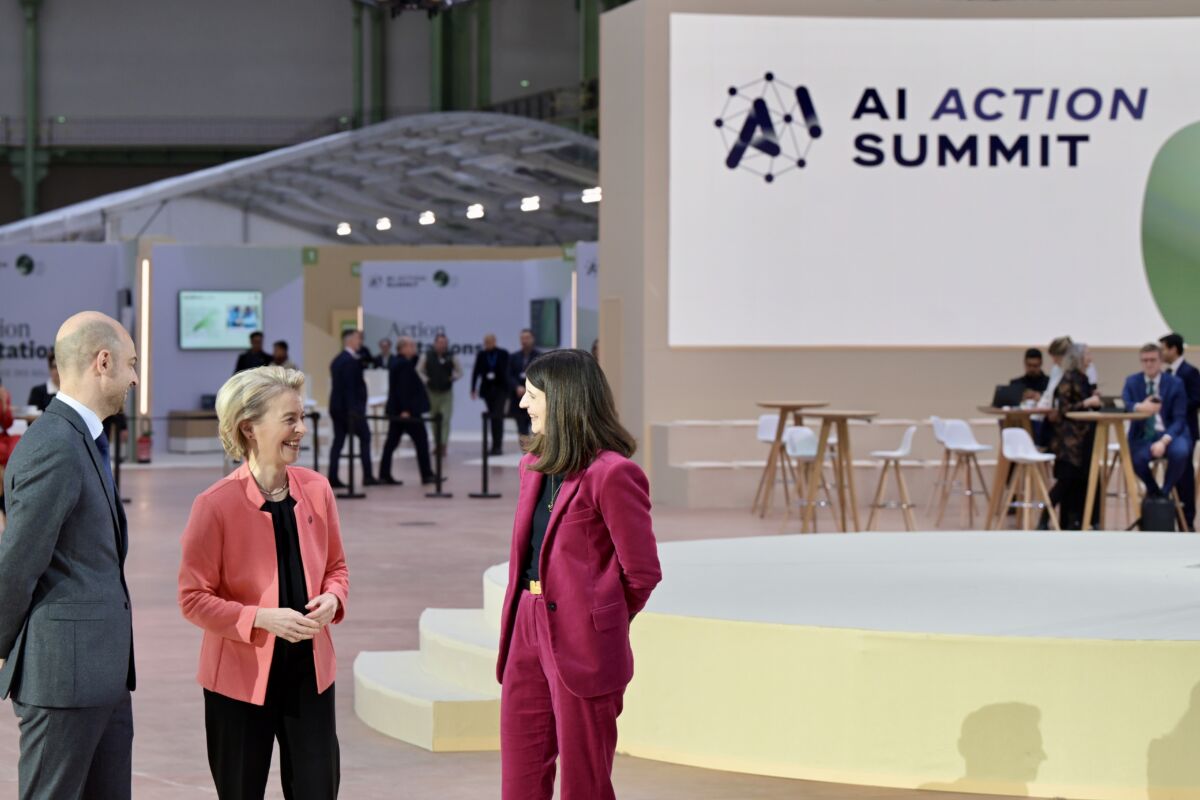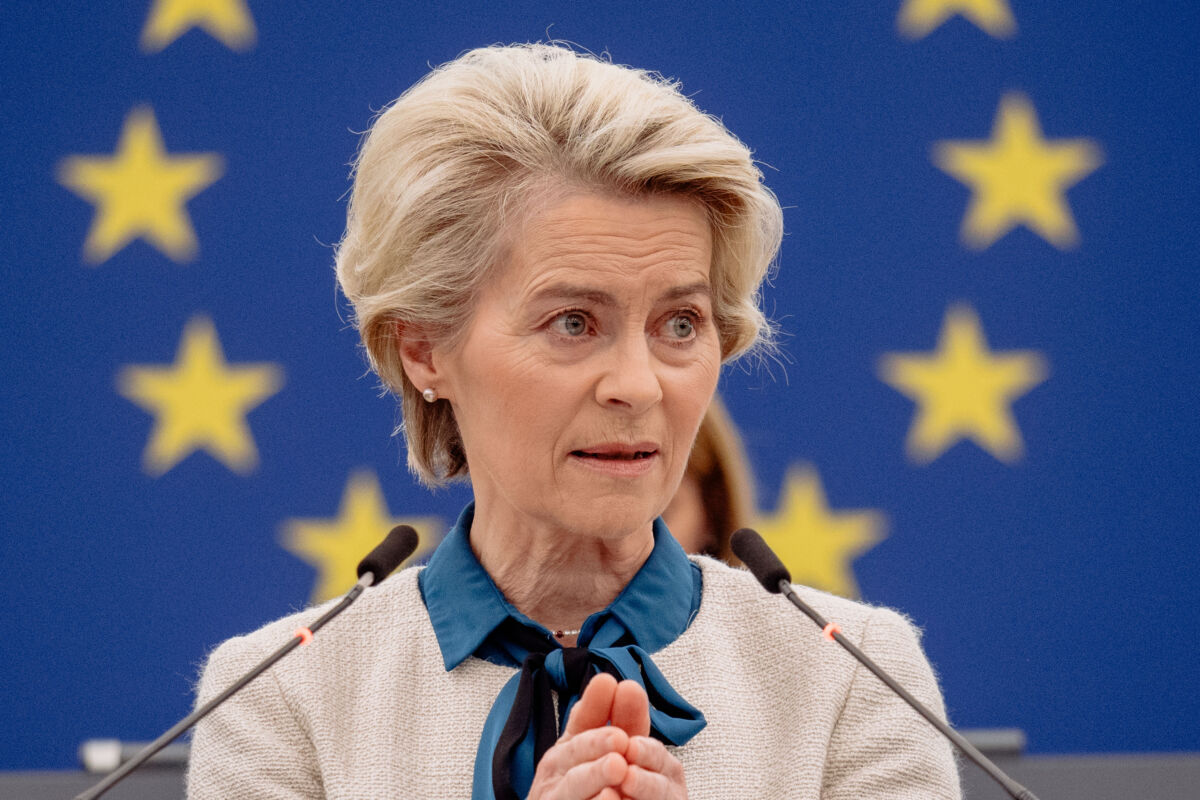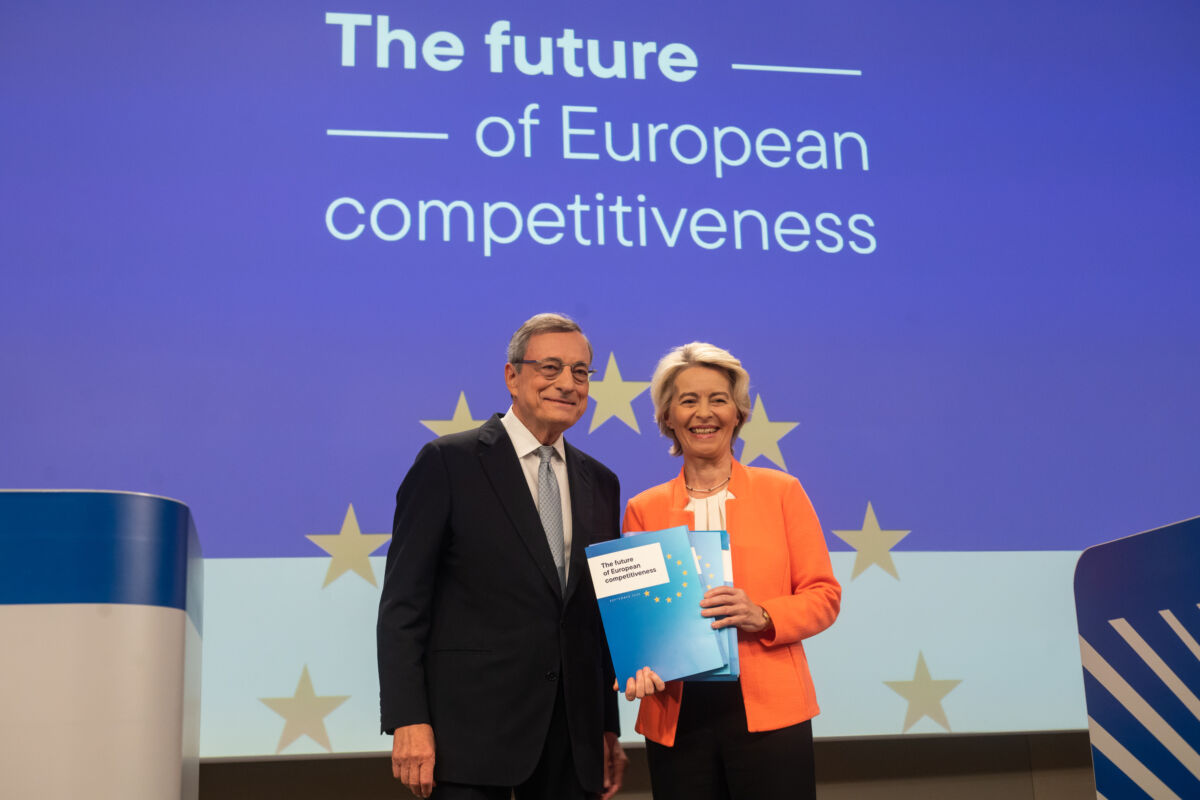In an ever uncertain and increasingly dangerous world, the EU must lead the way in tackling global challenges, using science and technology for the benefit of humanity.
European Commission President, Ursula von der Leyen, has vowed to make this happen, publicly proclaiming that the EU ‘aims to put research and innovation, science, and technology at the heart of Europe’s economy’.
This would also go a long way towards fulfilling another one of von der Leyen’s key second term objectives – reinvigorating European industrial competitiveness. Yes, ‘innovation’ and ‘competitiveness’ have always been particularly popular buzzwords in the Brussels lexicon but right now they’re truly capturing the zeitgeist, especially following a plethora of reports from the likes of Enrico Letta and Mario Draghi, to name but two.
And the EU’s Framework Programme for Research and Innovation (R&I) – the largest R&I funding programme in the world – is one of the most potent tools in the EU’s arsenal to achieve all these lofty ambitions. With the end of the ninth Framework Programme, Horizon Europe, looming, ahem, on the horizon, the tenth (FP10) is scheduled to run from 2028-34.
FP10 presents the perfect opportunity to restore and relaunch Europe’s leading role in scientific breakthroughs and groundbreaking innovation for everyone’s benefit. Even with a few years still to go before launch, now is the moment to really begin hammering down and agreeing an ambitious vision and structure for FP10.
With all this in mind, CEPS recently published a comprehensive report (supported by Imperial College London and the Wellcome Trust) on how the EU’s leaders can do this. The vision it promotes for FP10 will require several reforms – and to be clear, enacting them won’t be a simple walk in the park. But they will be absolutely worth it in the end.
Five key planks for FP10 success
First, FP10 will have to juggle multiple objectives. Yes, boosting European competitiveness is one of them, but others include achieving the EU’s sustainability goals to help the world remain within planetary boundaries, as well as strengthening Europe’s economic security and resilience. On top of this, it’ll need to promote the ‘fifth freedom’ by ensuring that every European region can thrive.
Indeed, FP10 doesn’t all need to be uniform – different parts of it can (and should) prioritise some goals over others. But overall, FP10 must be balanced and oriented towards a singular guiding ‘North Star’, namely the EU Treaty commitment to promote wellbeing and sustainable development, for Europe and the wider world.
Second, FP10 needs to be more agile and future-proof than Horizon Europe and this is essential for (at least) two reasons. By 2028, AI and new frontiers of collective intelligence are likely to have revolutionised the way research is carried out and translated into market-ready innovation. Failing to anticipate this in FP10’s design would be a fatal error and would make it irrelevant before it has even left the starting line.
AI can also be used in many way to help implement FP10. It can speed up project selection, monitoring and evaluation, and it can be used to to match start-ups with potential funders and mentors. That’s why the newly announced AI Research Council should be a major contributor to FP10, not just in the design phase but also post-launch.
Third, Horizon Europe’s current pillar structure needs to evolve for FP10, as it currently conflates two domains (industrial competitiveness and societal challenges) that increasingly require different governance and instruments, as well as mixing goals. We propose to design FP10 like a human brain – with a core motor or cerebellum, i.e. a stronger ‘excellent research area’ accessible from all over the world and centrally coordinated at the EU level, alongside two distinct ‘hemispheres’.
One hemisphere would be devoted to industrial competitiveness, where an ad hoc council governed by public and private stakeholders (including industry) would work together towards systemic industrial transformation to achieve sustainable competitiveness. The second would concentrate on multistakeholder partnerships for global public goods. Both would be open beyond European borders and would involve philanthropies, international donors and researchers from low- and middle-income countries, all governed and overseen by a dedicated council.
Fourth, with this new structure, the FP10 hemispheres should have different rules from each other, such as on intellectual property and the funding of dual-use R&I, which would be more possible in the competitiveness hemisphere. They should also feature a different blend of instruments, with innovative procurement, ARPA-style institutions and a platform for startups playing a prominent role in the competitiveness hemisphere.
Multistakeholder, mission-oriented innovation and partnerships should become the lynchpin of the hemisphere focused on global public goods. We also recommend different forms of governance, with industrial competitiveness attracting European countries (including non-EU ones) and the private sector, whereas global public goods should be broader and have more inclusive participation.
Finally, the two FP10 hemispheres would enable stronger and more coherent links with other EU and national policies – one of Horizon Europe’s weaknesses. The industrial competitiveness hemisphere would naturally be linked to industrial policy, defence, cohesion and regional policy, and trade. The global public goods hemisphere would be better coordinated with international partnerships, the Global Health Strategy and the EU’s external action priorities more generally.
A rallying call – the time is now
We strongly believe that our proposed structure and governance for FP10 manages to carefully balance the need to change course if required and provides direction and stable funding for researchers and innovators, in Europe and globally.
Our redesigned FP10 would cater to Europe’s thirst for sustainable competitiveness but also position the EU as a true leader of a community seeking answers to the challenges of our time. It would give Europe a chance to thrive in a future of inevitable uncertainty, regain its gravitas in defending the role of science for a more prosperous future, and gather the global community of researchers and innovators around a pivotal set of actions.
If done right, FP10 promises to be a beacon of European leadership, promoting science as an engine for global peace and prosperity. Our proposals offer the vision needed to do this – it’s now up to European leaders to make it happen.
To read the full report that this commentary is based on, click here.
This CEPS Expert Commentary is part of a special series being published prior to the CEPS Ideas Lab on 3-4 March 2025 to showcase some of the most innovative ideas we’ll be rigorously debating with our participants. More info can be found on the official Ideas Lab 2025 website.





































